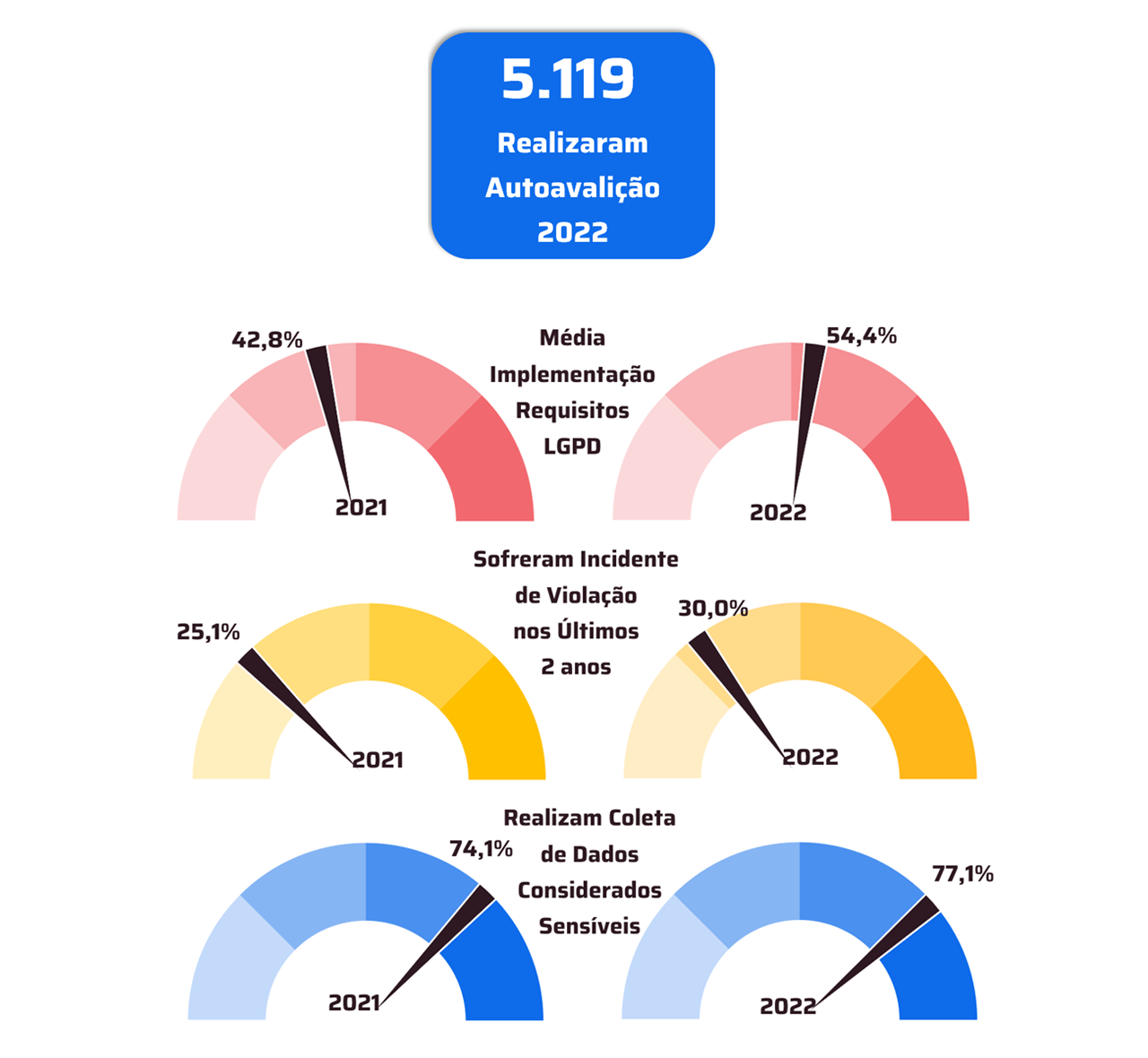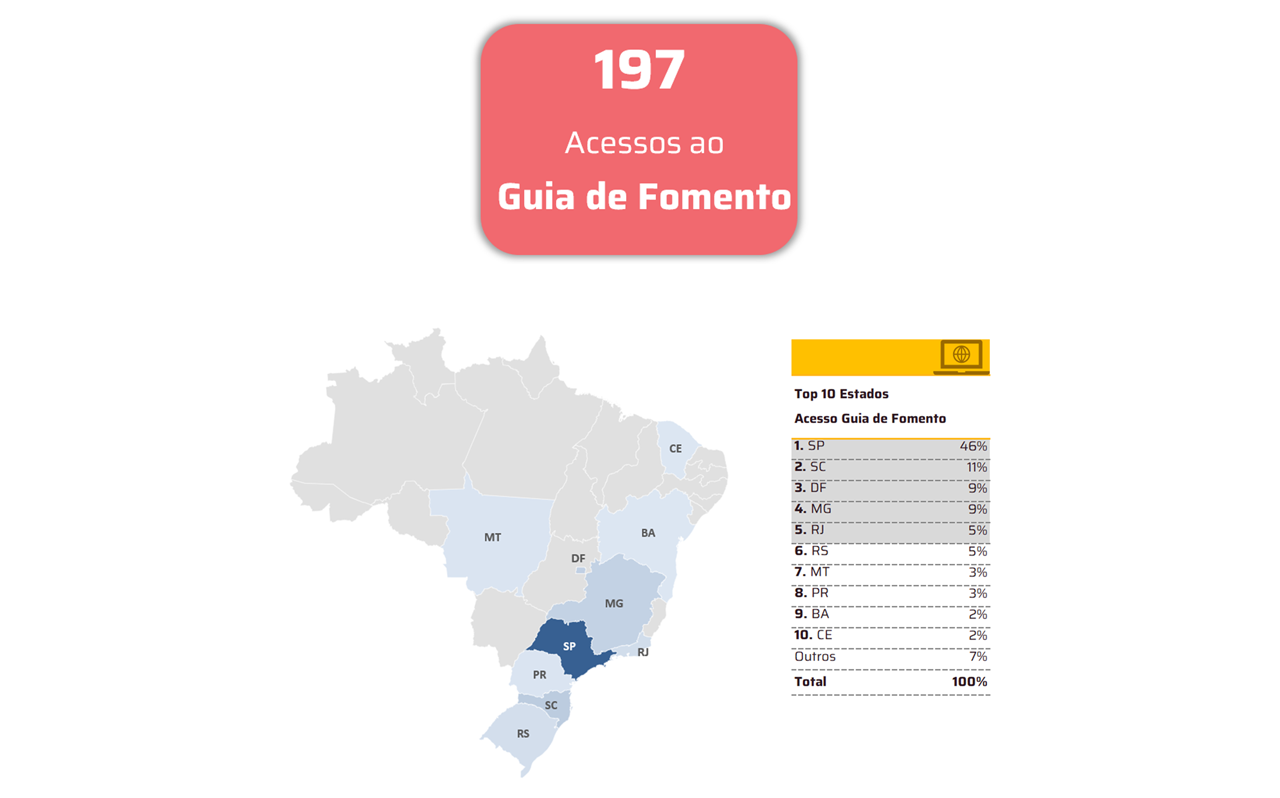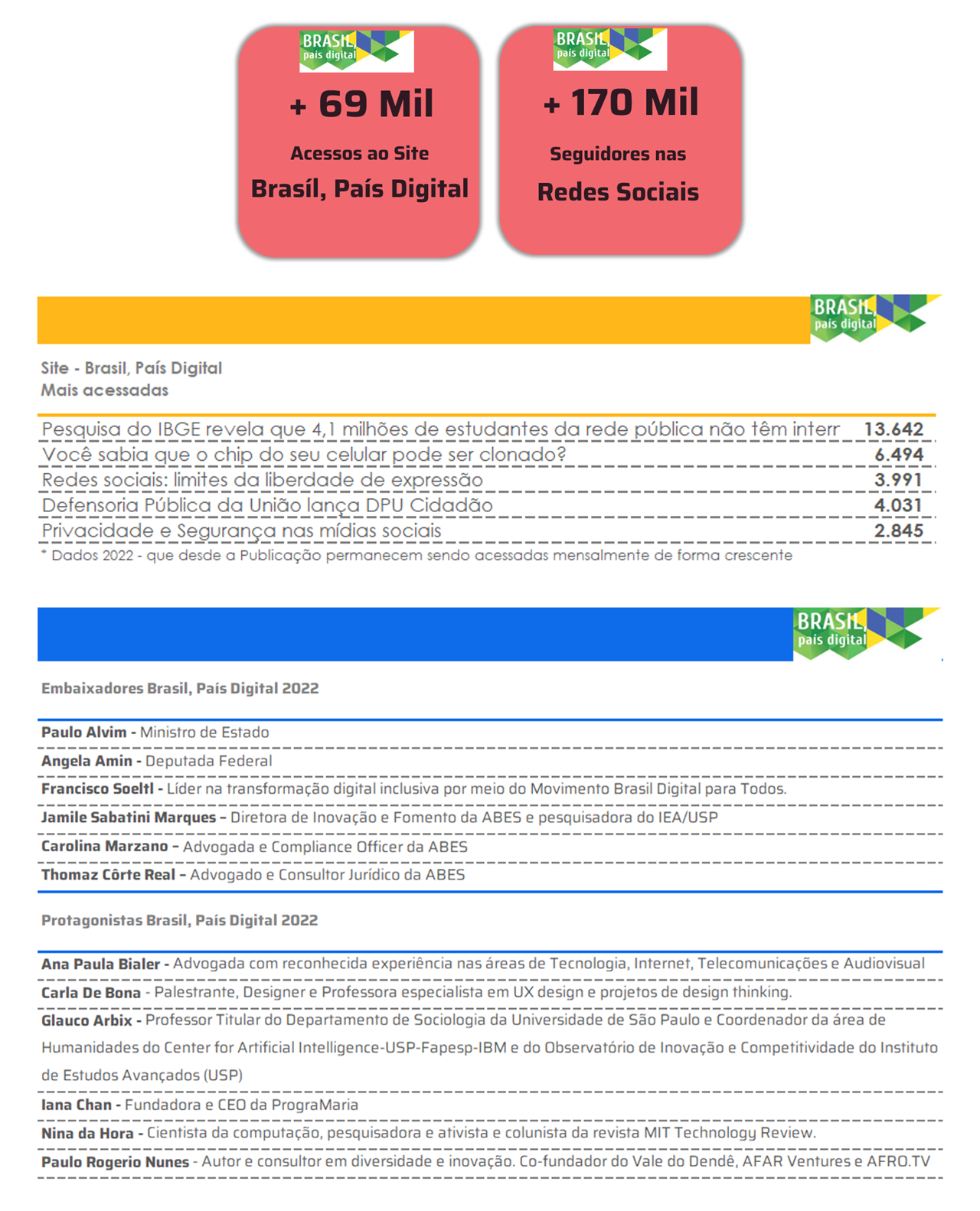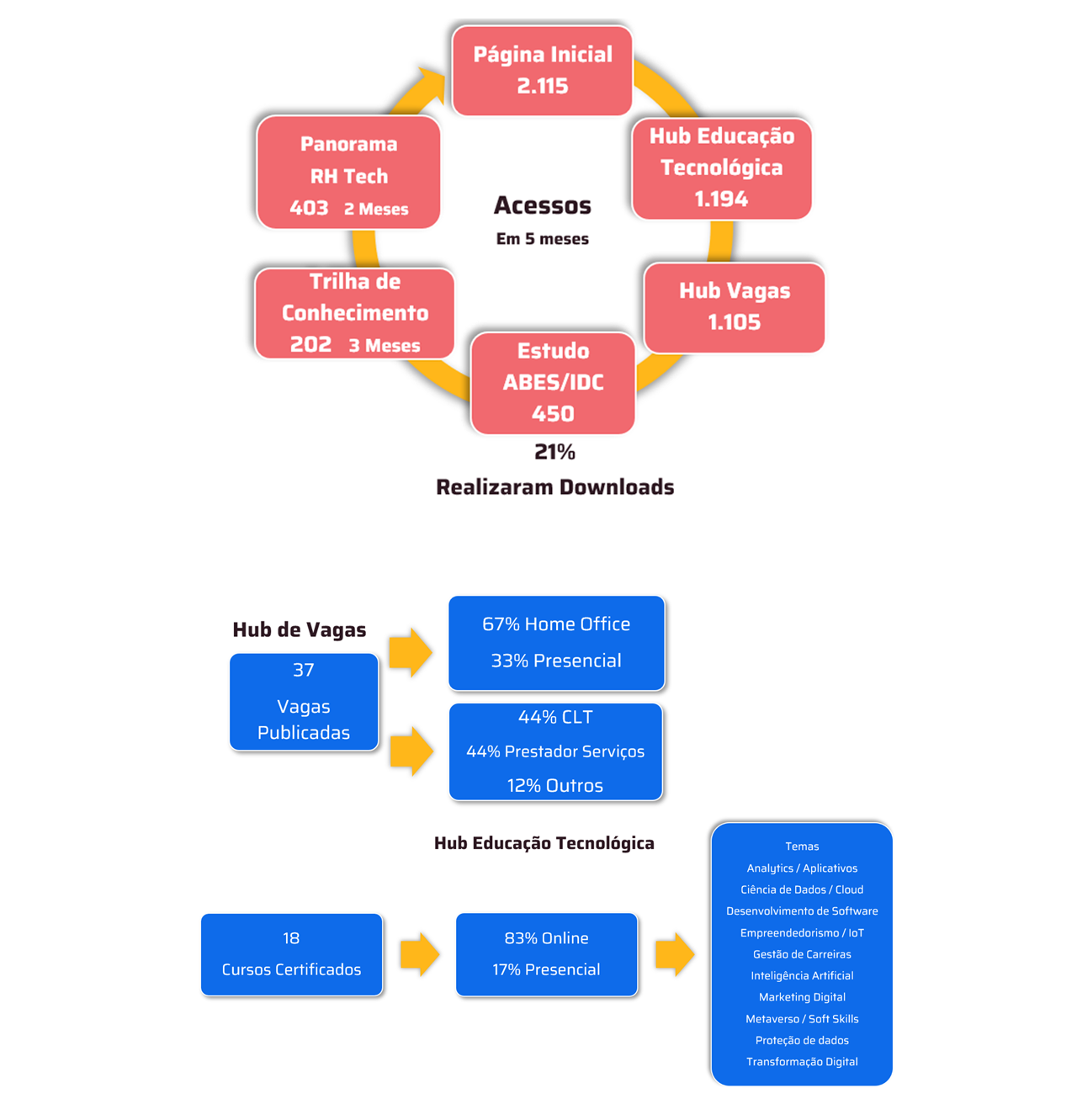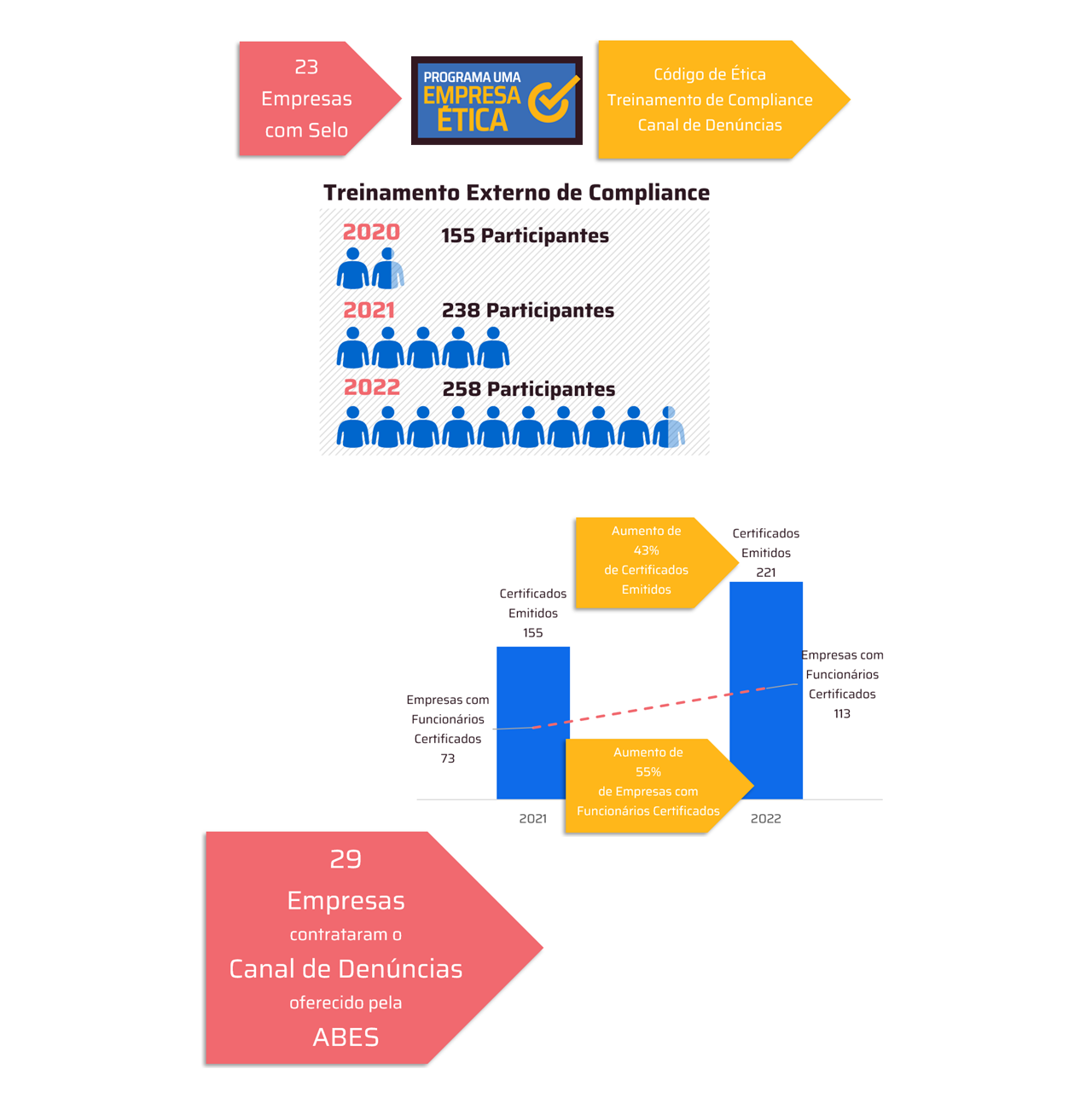 *By Camila Cristina Murta
*By Camila Cristina Murta
The digital era has brought unprecedented challenges and opportunities to Brazilian public administration. As a lawyer working in the area of public law and a keen observer of digital transformations in the government sector, I have been following the urgent need to establish objective metrics to assess and drive the digital transformation journey of Brazilian municipalities.
The digital transformation of public administration is no longer an option, but an imperative necessity. Recent data shows that municipalities with greater digital maturity have seen a reduction of up to 40% in operating costs and a significant increase in citizen satisfaction with public services¹.
The lack of structured metrics, with primary and secondary data, to monitor the digital evolution of Brazilian municipalities has generated significant disparities in the quality of public services and inefficiencies in the allocation of resources. While some cities already offer more than 80% of their services in digital format, others still maintain entirely analog processes, creating a digital divide that directly affects the lives of citizens².
The practical impacts of this disparity are evident. In cities with low digital maturity, citizens still face in-person queues for services that could be resolved in minutes through a digital platform. Business owners waste days on bureaucratic processes that, in digitally mature cities, are completed in hours. The lack of integration between systems results in rework, waste of public resources and decisions based on outdated or inconsistent data.
Empirical evidence demonstrates substantial gains from structured digitalization³:
- Reduction of 65% in the average time to serve citizens
- Savings of 30% to 45% in operating costs
- 70% reduction in paper consumption
- 80% Increase in transparency of public information
- 50% reduction in company opening time
The implementation of structured digital maturity metrics allows⁴:
- Accurate diagnosis of the current stage
- Evidence-based planning
- Efficient resource allocation
- Objective progress monitoring
- Comparability between similar municipalities
For the citizen, the benefits are immediate and tangible⁵:
- 24/7 access to public services
- Elimination of unnecessary travel
- Reduction in response time
- Greater transparency in monitoring requests
- Integrated service channels
For the municipal administration, the gains are significant⁶:
- Optimization of human and financial resources
- Data-driven decisions
- Better knowledge management
- Reduction of operational errors
- Increase in revenue due to greater efficiency
Adopting a technical framework (considering dimensions such as: digital infrastructure; digital services; data governance; and digital ecosystem) would not only allow for an accurate diagnosis of the current situation, but would also provide actionable insights to guide digital transformation efforts. Municipalities could identify priority areas for investment, benchmark their performance against their peers, and measure the return on investment of their digital initiatives.
Furthermore, making these data and analyses publicly available would promote greater transparency and citizen engagement, creating a virtuous cycle of continuous improvement in the provision of digital public services.
In this sense, the Brazilian legal framework, especially Law 14,129/2021, which establishes the principles, rules and instruments for Digital Government, and Decree 12,198/2024, which deals with the National Digital Transformation Strategy, establishes clear guidelines for this evolution.
International experience corroborates the need to measure digital. Countries that have implemented municipal digital maturity measurement systems, such as Estonia, Singapore and Portugal, have citizen satisfaction rates above 85% and significant reductions in government operating costs⁷.
The current moment demands action. The pandemic has accelerated the demand for digital services and exposed the weaknesses of less prepared municipalities. Those that already had greater digital maturity have demonstrated greater resilience and adaptability⁸.
Structuring metrics to monitor municipal digital development is not just a matter of administrative modernization, but of social justice and economic development. Digitally mature municipalities attract more investment, generate more qualified jobs and offer a better quality of life to their citizens⁹.
The path to municipal digital transformation necessarily involves the implementation of structured digital monitoring metrics. It is not just about measuring progress, but also about ensuring that investments in technology translate into real benefits for society. The future of public administration is digital, and we need to ensure that all Brazilian municipalities are prepared and oriented to this reality, based on concrete data and robust analyses.
¹Deloitte. "The journey to government's digital transformation". 2019. ²BNDES. "Digital Transformation of State and District Governments". 2021. ³World Bank. "Digital Government Readiness Assessment". 2020 ⁴OECD. "Digital Government Index: 2019 results". 2020 ⁵United Nations. "E-Government Survey 2020". 2020 ⁶Gartner. "Digital Government Benchmarks". 2021 ⁷e-Estonia Briefing Centre. "e-Estonia facts". 2022 ⁸FGV. "Impacts of the Pandemic on the Digital Transformation of Municipalities". 2021 ⁹Inter-American Development Bank. "The Age of Digital Productivity". 2022
*Camila Cristina Murta is leader of the Public Procurement Working Group of the Brazilian Association of Software Companies (ABES)
Notice: The opinion presented in this article is the responsibility of its author and not of ABES - Brazilian Association of Software Companies
Article originally published on the Connected Smart Cities website https://portal.connectedsmartcities.com.br/2025/04/07/transformacao-digital-municipal-a-urgencia-de-metricas-estruturadas-para-a-evolucao-dos-servicos-publicos/





